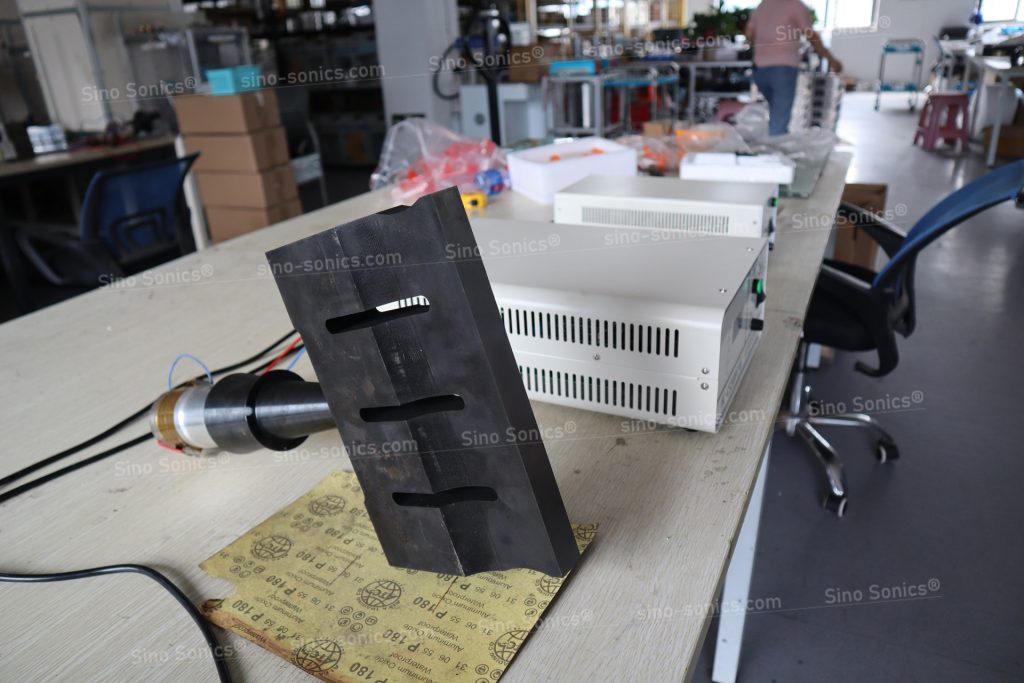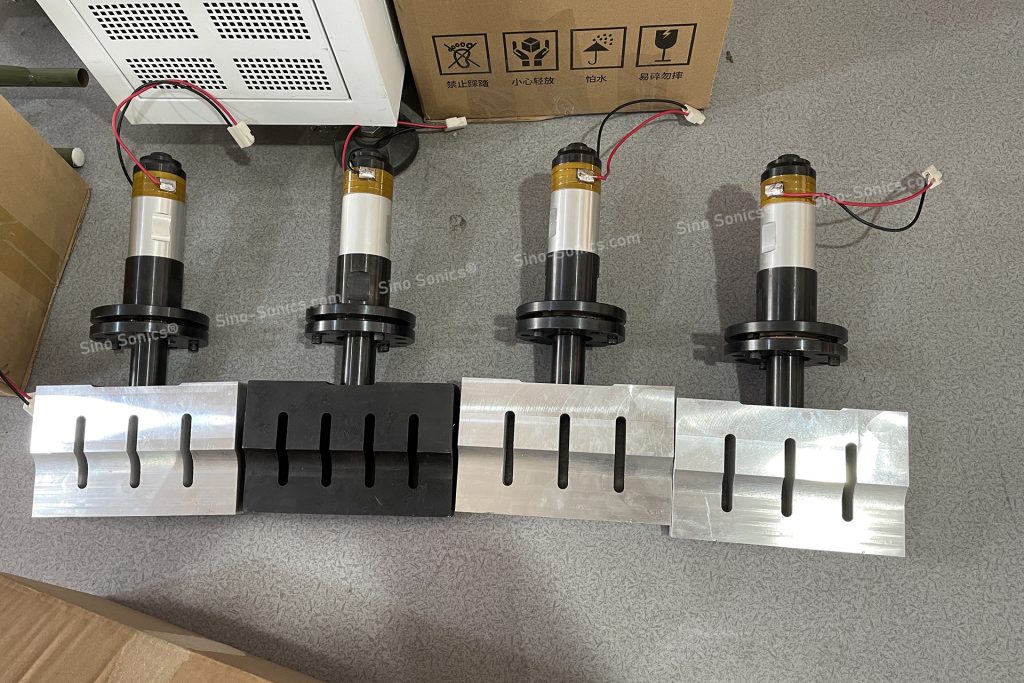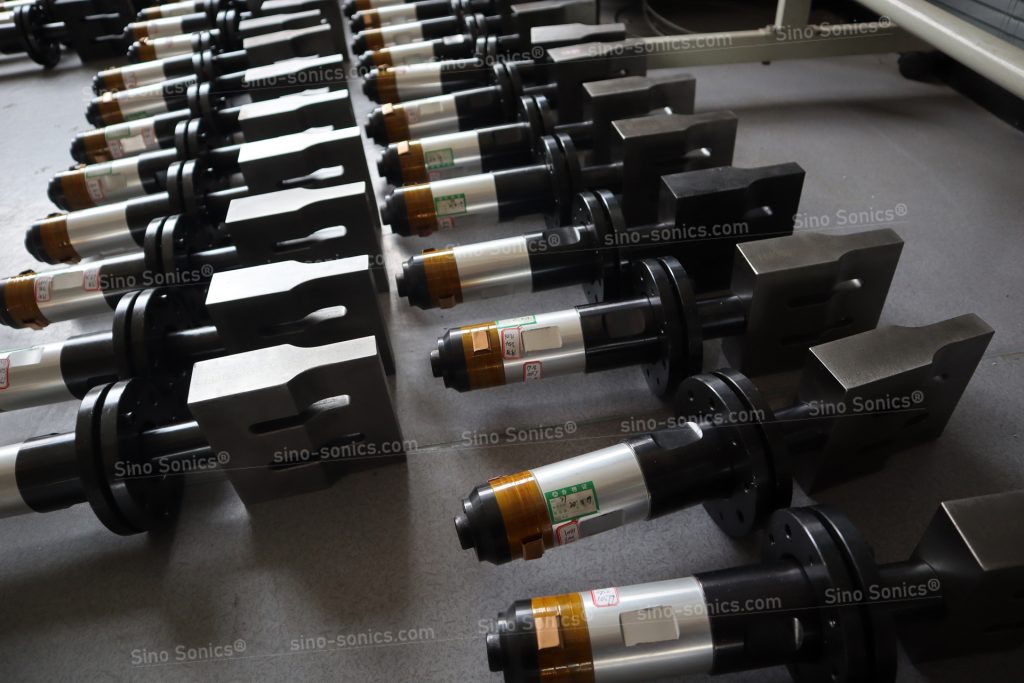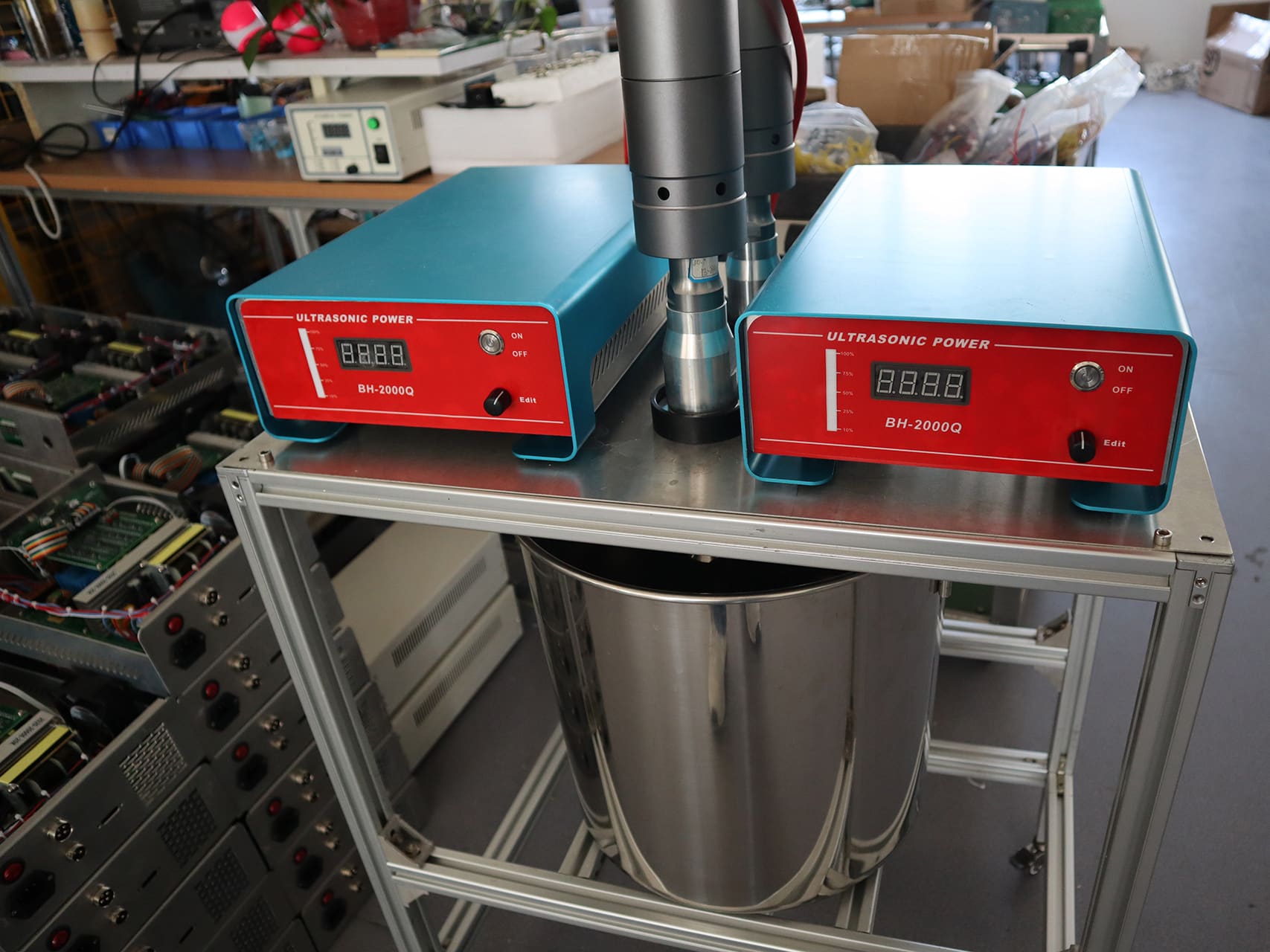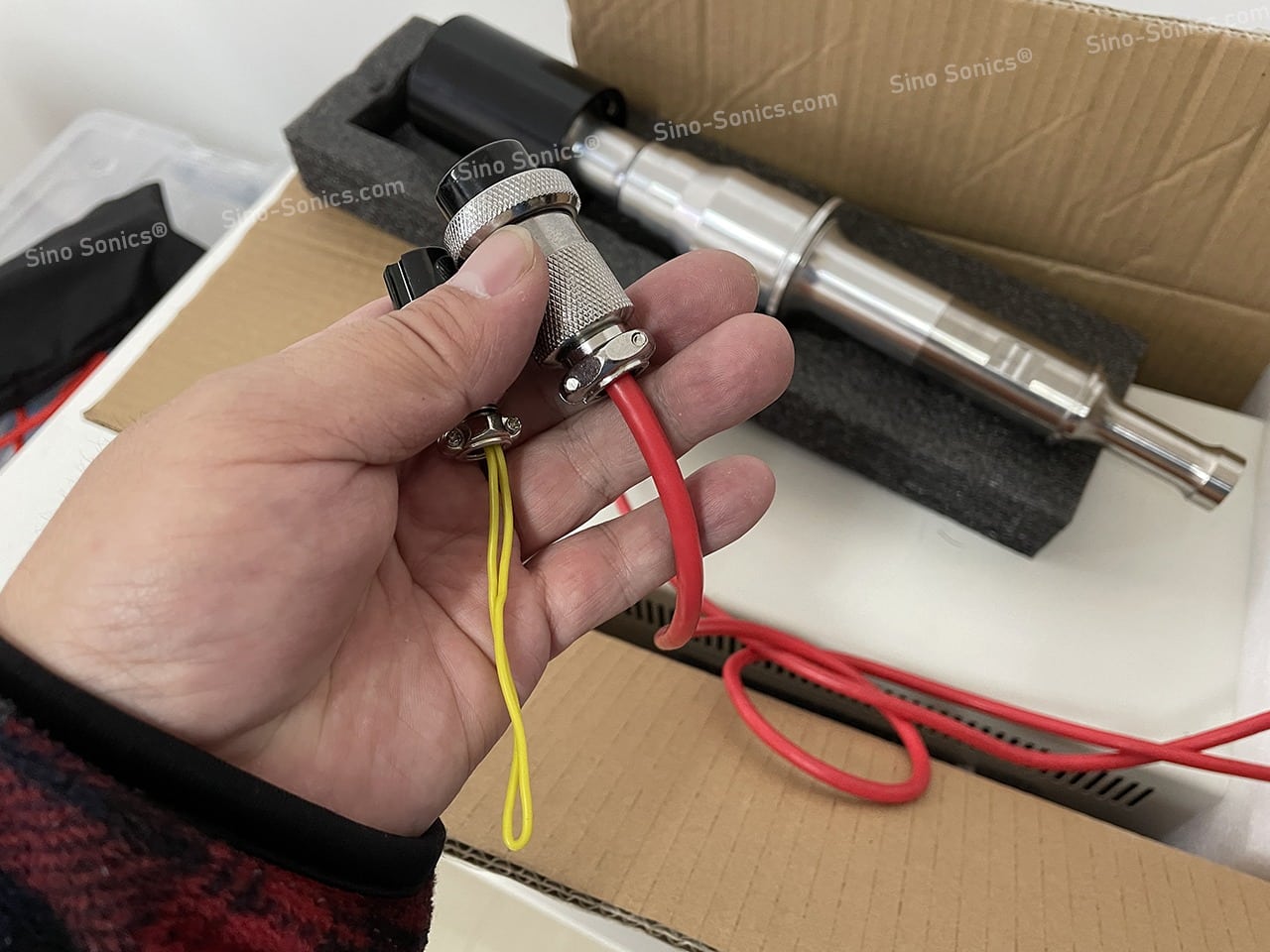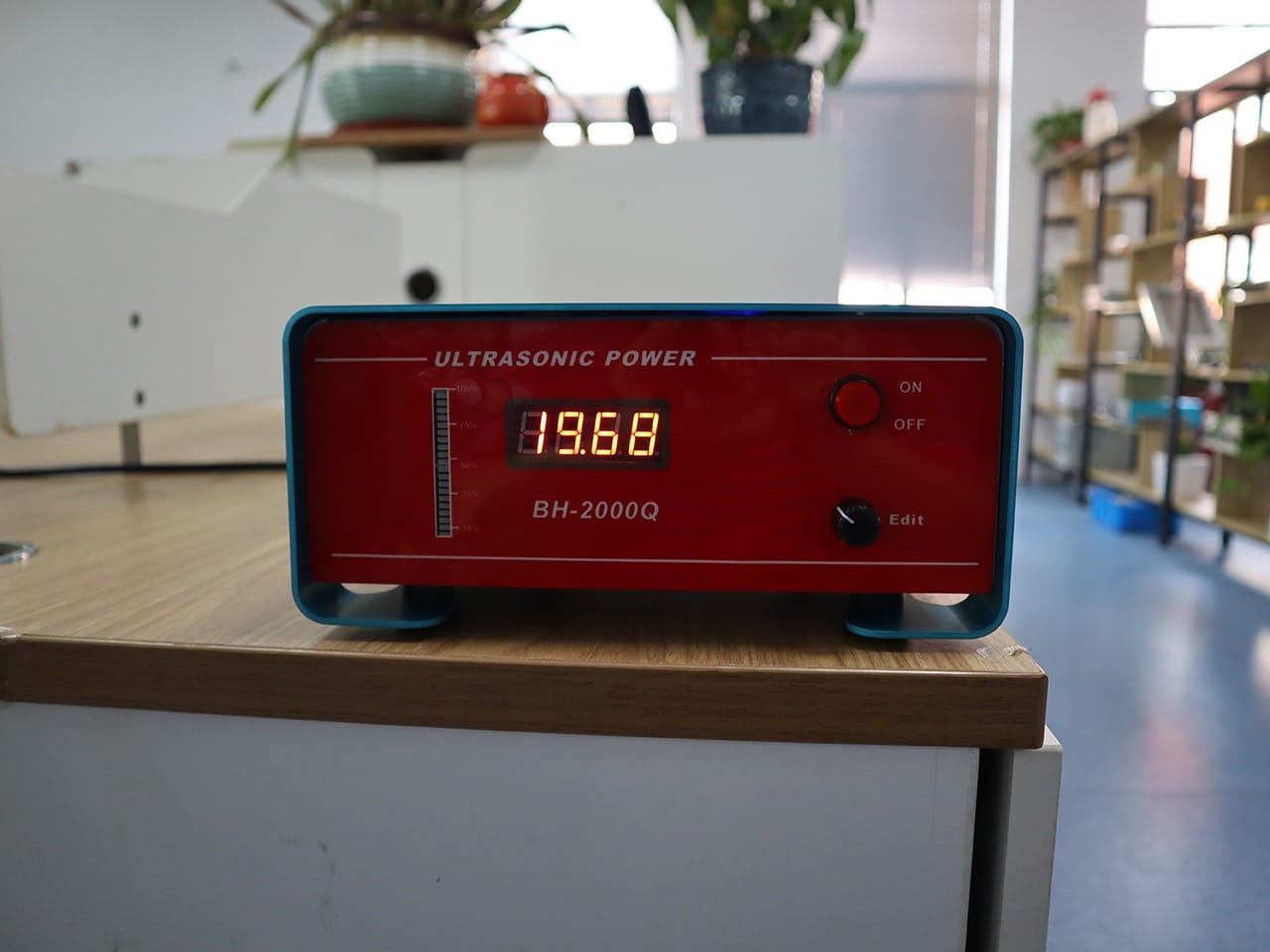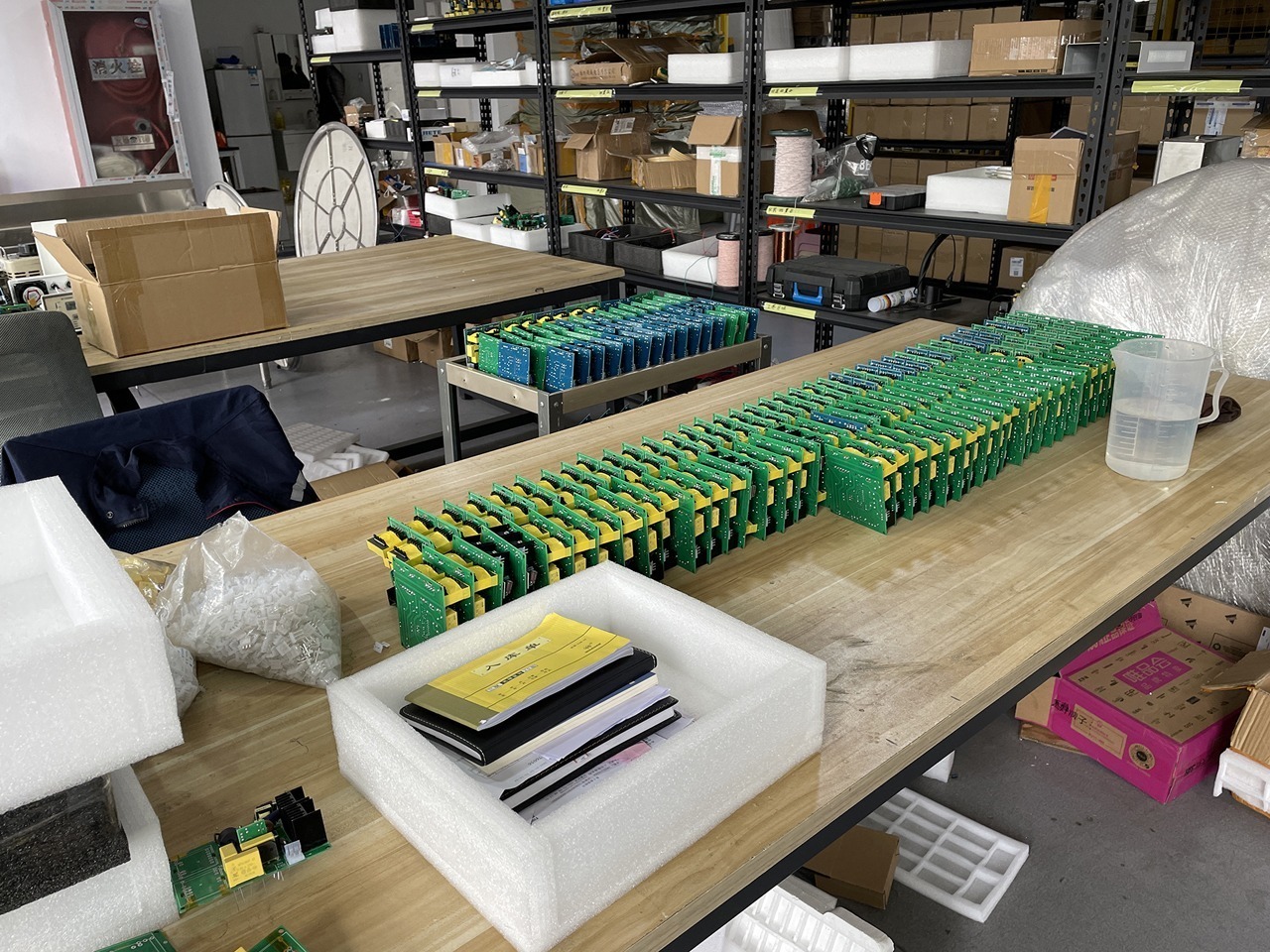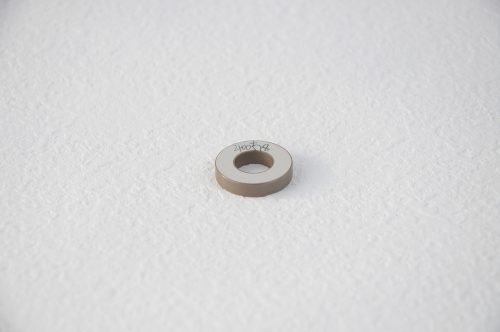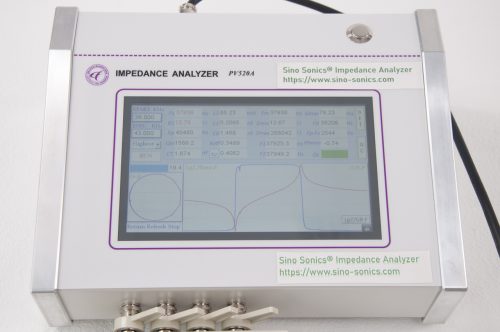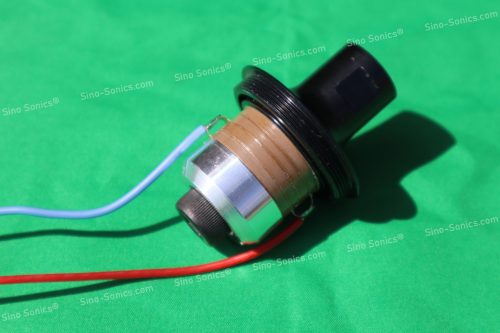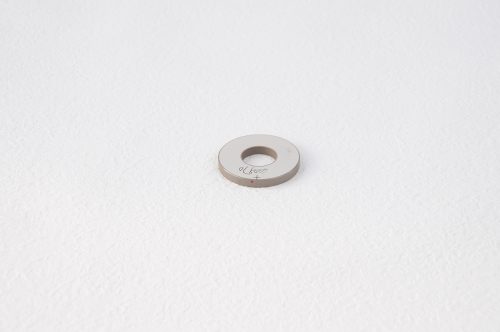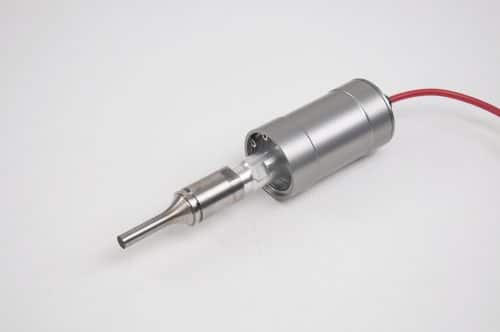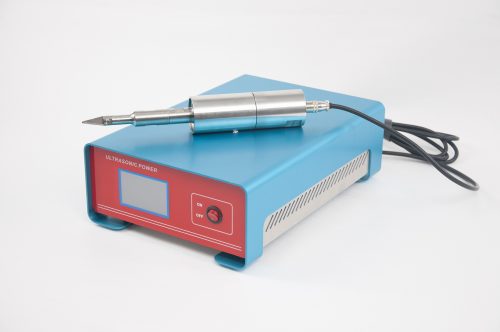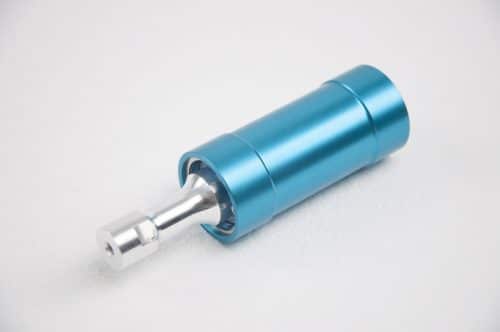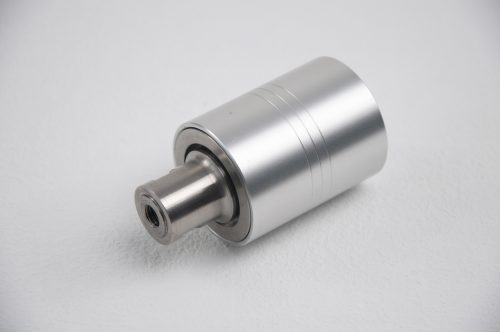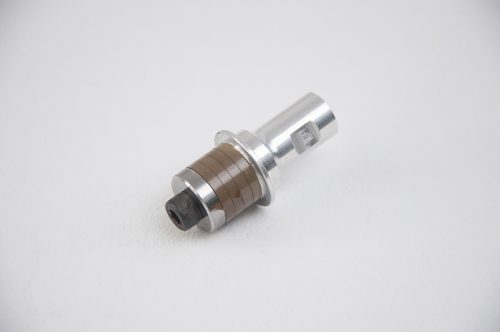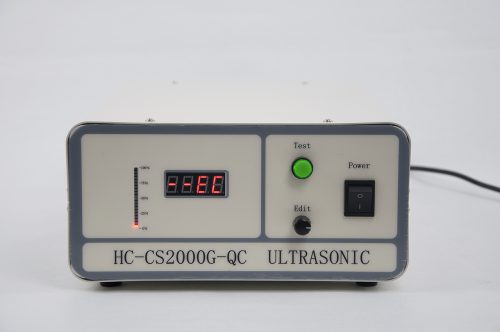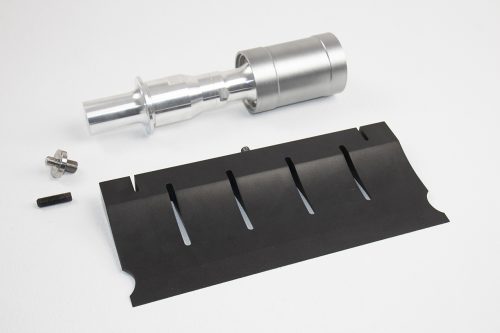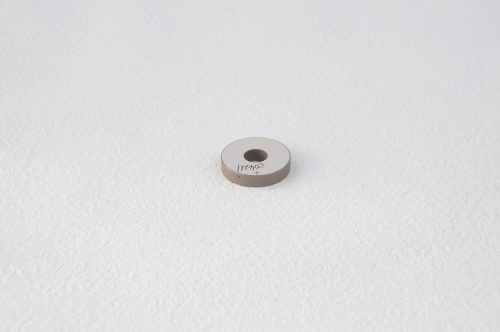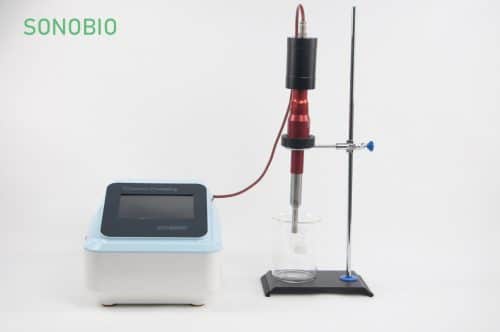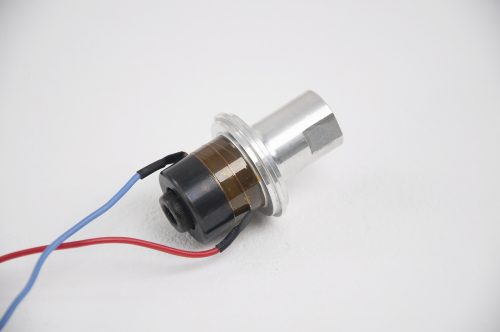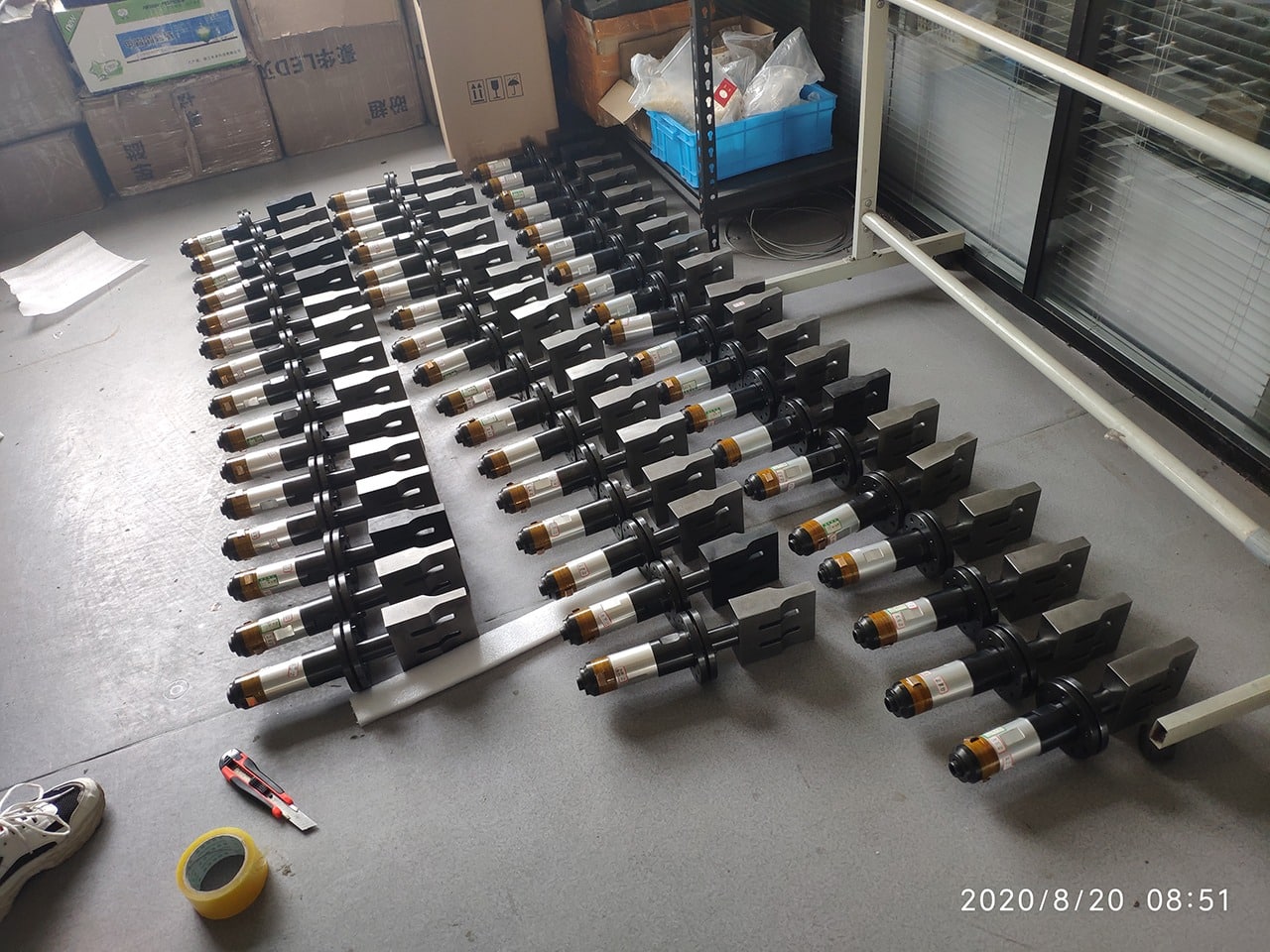
The most common frequency of ultrasonic welding machine is 15khz and 20khz ultrasonic plastic welding machine. The higher the ultrasonic frequency, the better the welding accuracy, but the smaller the relative power, the smaller the amplitude.
The following introduces the difference between 15khz and 20khz ultrasonic plastic welding machine:
Low ultrasonic frequency will produce noise. When the frequency is lower than 20khz, the noise becomes very loud during ultrasonic welding. For plastic products with higher welding accuracy, the higher the frequency, the better. Therefore, the 20khz or higher frequency ultrasonic welding machine is suitable for precision, ultra-thin, and very fragile plastic parts, such as SD cards, or products with crystal oscillators inside the product; 15khz ultrasonic welding machine power is easier to increase, and the amplitude is relatively large. , Suitable for welding larger, difficult-to-weld, and rougher plastic products;
From the appearance point of view, the transducers of 15khz and 20khz ultrasonic plastic welding machines can be distinguished. The transducers of 15khz ultrasonic machines are generally inverted cones, the screw hole specification is M16X1.0 teeth, and the transducers of 20khz ultrasonic welding machines Generally cylindrical, the diameter is also small, the screw hole specification is inch size 3/8 inch 24 thread.
Secondly, the dimensions of 15khz and 20khz ultrasonic molds are also inconsistent. The height of the 15khz ultrasonic mold is generally about 17cm long, and the 20khz ultrasonic mold is about 12.5cm long.
Third, the 15khz ultrasonic plastic welding machine can weld larger workpieces, and the power can be divided into 2600w/3200w/4200w. The 20khz ultrasonic plastic welding machine is 900W-2000w, the power is small, and the size of the weldable product is small.
15khz and 20khz ultrasonic plastic welding machines have no difference in quality, but the applicable product occasions are different. The specific frequency of the machine can not be used mechanically, but the problem must be considered comprehensively. For details, please call “SINO SONICS”
